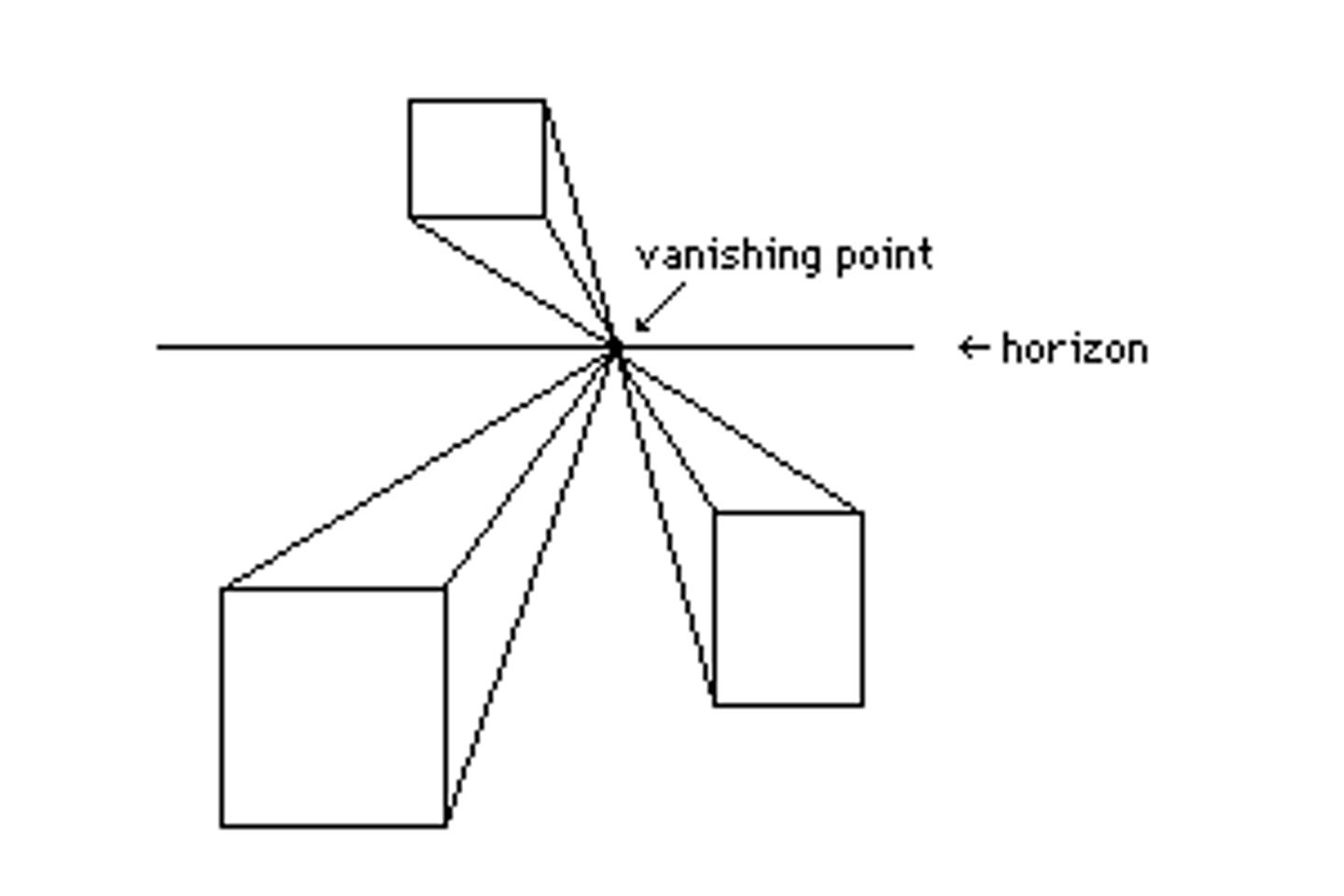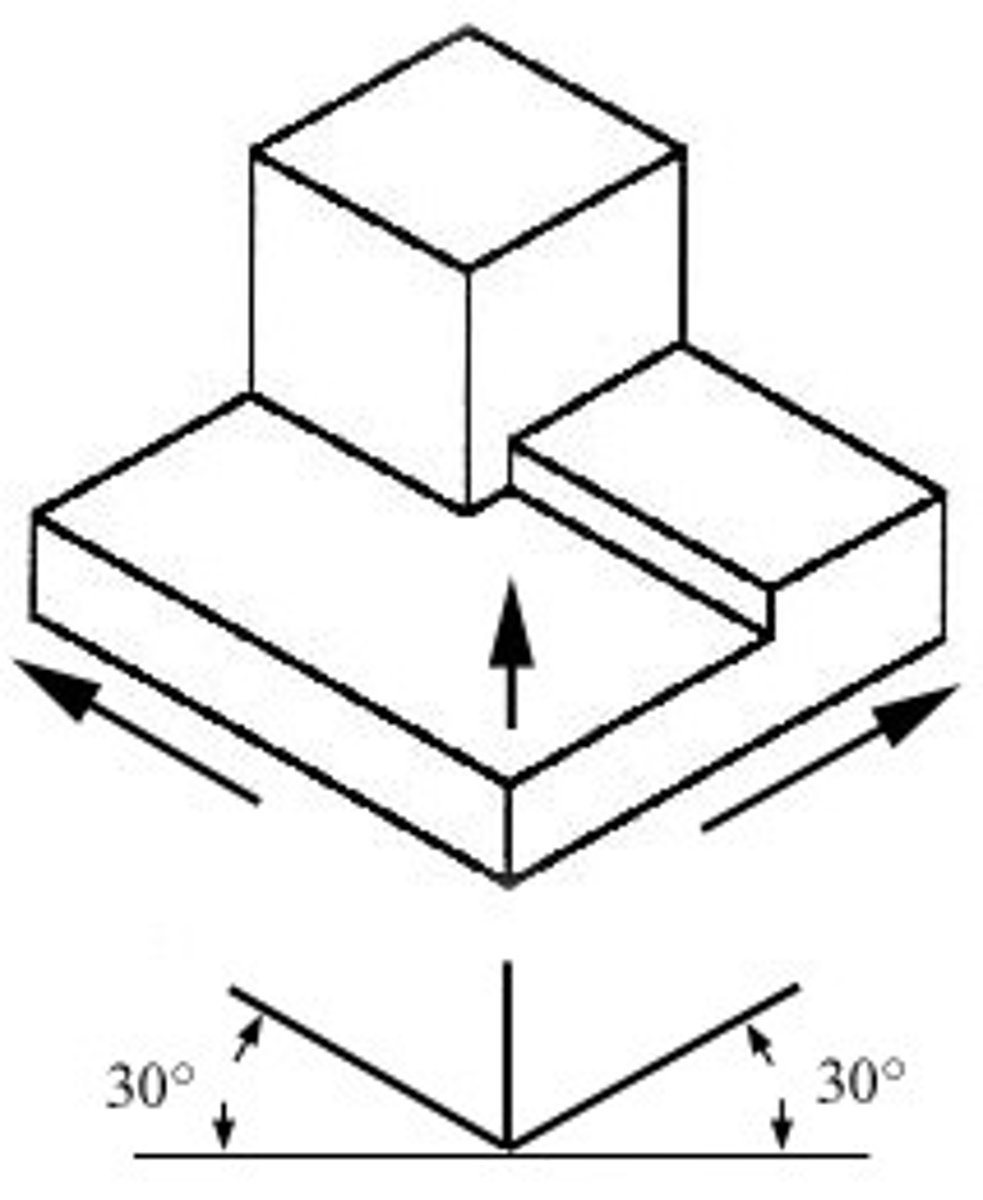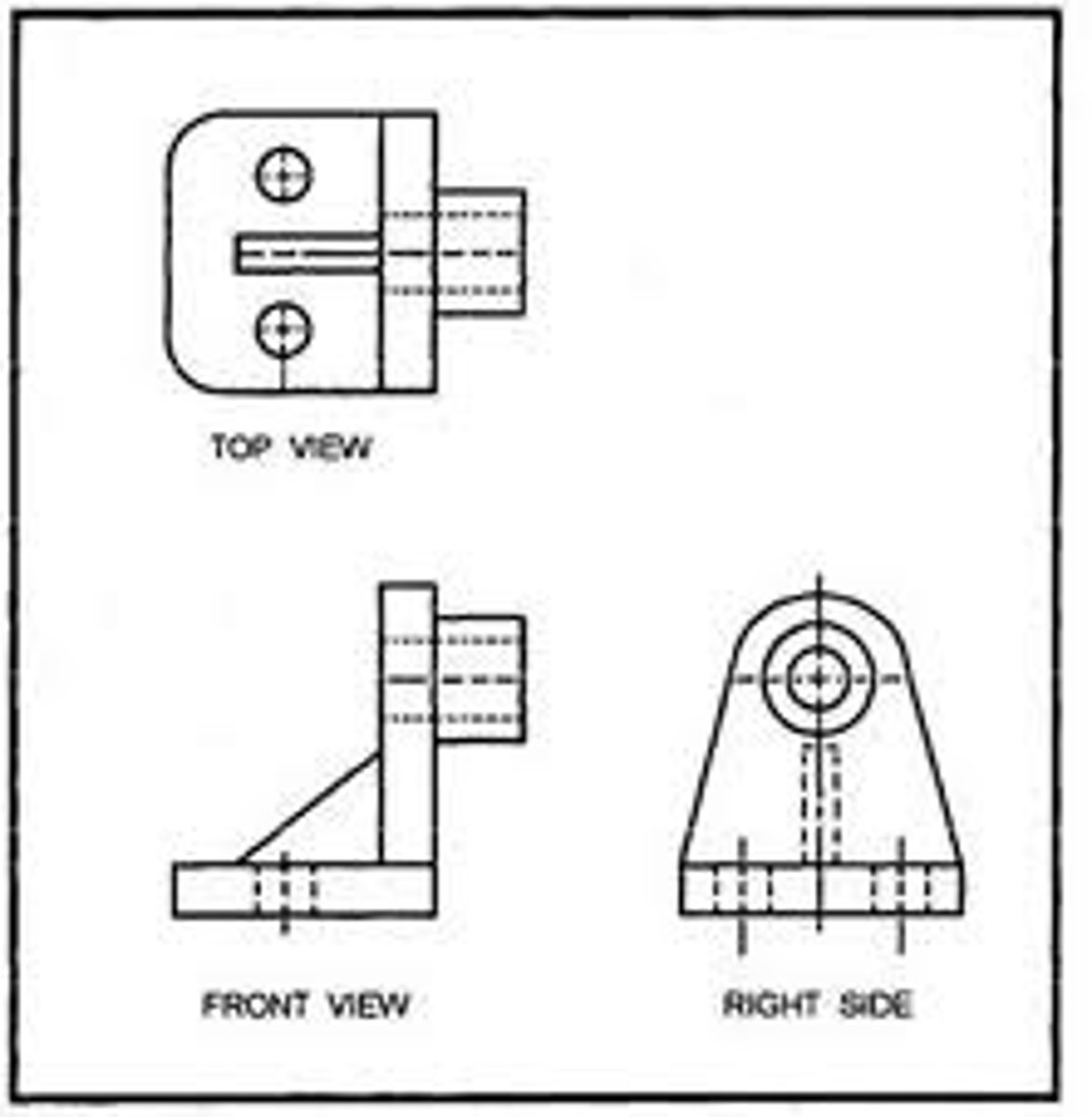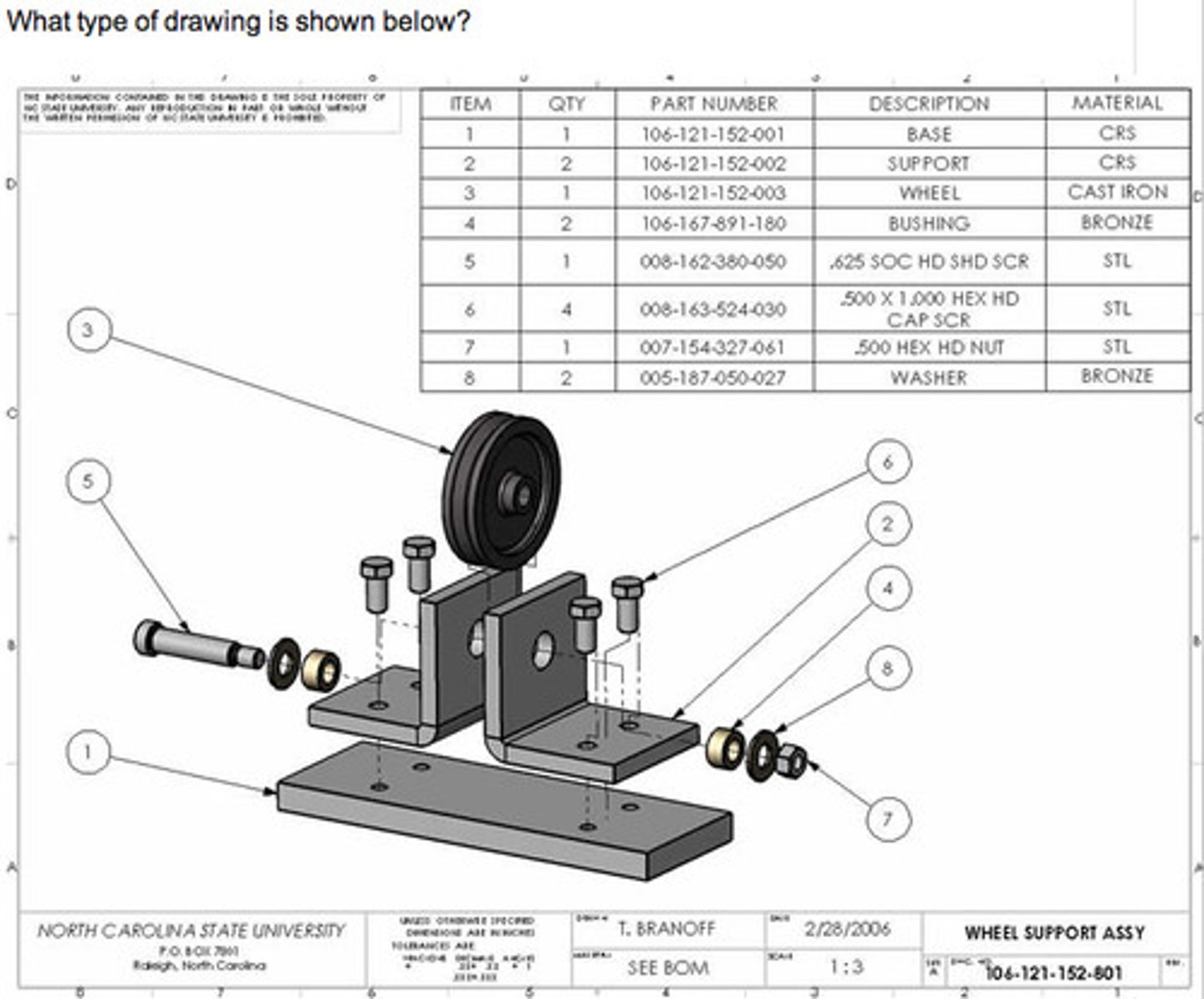IB Design Technology / Topic 3: Modelling
1/39
There's no tags or description
Looks like no tags are added yet.
Name | Mastery | Learn | Test | Matching | Spaced |
|---|
No study sessions yet.
40 Terms
Role of conceptual modelling
Communicate ideas/concepts that might otherwise be difficult to understand.
Users can interact with objects, systems and environments.
It can be graphical, virtual or physical.
Advantages of conceptual modelling
- Shares big picture
- Easier/simpler communication (overcome language barriers)
- Gauge reaction to idea/concept
- Helps establish proportion
- Can manipulate ideas
Disadvantages of conceptual modelling
- Lacks detail
- Possibly misleading, can be misunderstood
- Simplicity of models = vital aspects left out
- Might not reflect final choices of materials
What are 2D/3D graphical models and when are they used?
Sketches or freehand drawings. Used in early stages of design cycle; allows quick jotting down of ideas and communication of initial ideas.
Perspective drawings
Natural representations of objects/environments, includes foreshortening.

Isometric drawings
Equal dimensions, 30 and 60 degree angles used. Unnatural representations.

Orthographic drawings
Used to communicate completed designs, as it shows details, dimensions, scale, multiple angles. Useful to manufacturer.

Parts and assembly drawings
Indicates size and relative position of parts

Scale models
Smaller or larger physical copy
Aesthetic models
Designed to look/feel like final product. Useful tor ergonomic testing and judging visual appeal but can be expensive (surface finish required, and it is lifesized)
Mockups
Scale or full-size model for design evaluation, promotion and understanding proportions - no functionality.
Prototypes
Built to test a concept/process (full functionality), used by development team for tests.
Fidelity ranges
How closely a model looks/will look to the final product.
Low fidelity range
Conceptual representation, comparable in certain aspects
Medium fidelity range
Representation of aspects of an idea
High fidelity range
As close as possible to the final product
instrumented models
Physical models that can take measurements to give quantitative feedback
CAD
Computer aided design: generation, creation, development and analysis of design using computer software
Surface model
Photorealistic images of product; offers some machining data but not the interior of the product
Solid model
Clear representation of the final product, provides a complete set of data for product to be realised (internal dimensions, volume included)
Data modelling
Acts as a bridge from real-world information to database
Statistical modelling
Predictions, information extraction, stochastic structures
Virtual prototyping
Involves use of surface and solid modelling to develop photorealistic interactive models. Used in design development. Advantages = allows for less material waste, which is associated with creation of physical models
Finite element analysis
Able to test forces/stress on product. Iterations improve and increase in number because of reduction in manufacturing costs of prototypes. Can test mechanical stress, vibration, fatigue, electrostatics, motion, heat transfer, fluid flow
Bottom-up modelling
Involves existing parts (in different files) that are added to assembly file
Top-down modelling
Shape, size, location of parts can be designed into the assembly file.
Digital humans
Computer simulations of a variety of mechanical and biological aspects of the human body.
Can interact with virtual prototype and represent joint resistance, discomfort, reach envelopes and visual field and human performance.
Motion capture
Process of recording patterns of movement digitally using markers (LED, magnetic, reflective) to capture movements.
Virtual reality
Simulation of a real life environment, interactive and immersive. Simulates user's physical presence.
Animations
Imitates operation of real-world system, models must be created first. Used for performance optimization, safety engineering, testing, etc. Reduces need to produce physical product.
Haptic technology
Relating to touch - tactile sensation and control interacting with technology, gives feedback to user.
Kinesthetic feedback
Position, orientation, forces
Tactile feedback
Felt on skin (pressure, vibration, slip, temperature)
Rapid prototyping
Production of a physical model from CAD data
Stereolithography
Additive; starts with excess of liquid plastic (photopolymers), some of which is cured (hardened) under UV light
Laminated object manufacturing
Takes sliced CAD data (from 3D model) and each layer is cut out and adhered to form the model.
Fused deposition modelling
Additive; melted filaments of material (plastic or metal) pushed it through a heated nozzle that can move up/down, in patterns controlled by CAD data.
Selective laser sintering
Uses a high power laser to fuse small particles of glass, plastic, metal, ceramic or glass into a 3D shape.
Advantages to rapid prototyping
Decrease development time, mistakes and increase product variants, complexity. Can provide proof of concept.
Disadvantages to rapid prototyping
Important steps would be omitted to have a quick/cheap working model. Fails in replication of real system if not accurate. Can be unsuitable for large-size applications. Problems can be over looked.